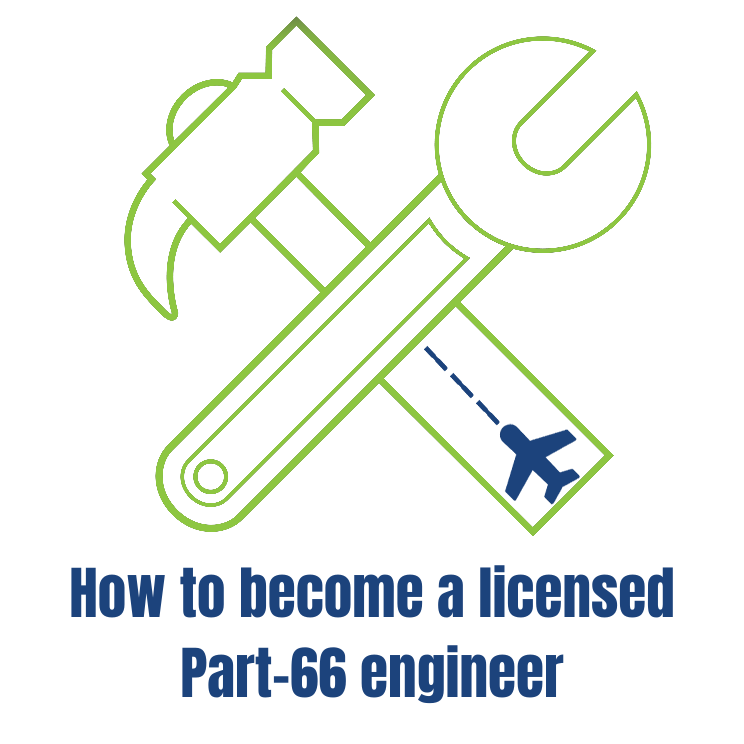How to Become a Licensed Part-66 Engineer
TRAINING TYPE
A video presentation delivered by a professional instructor, online training
TIME REQUIRED
At least 1 hour 15 mins
ABOUT THE COURSE
How can you become an EASA Part 66 licensed aircraft engineer? What does it mean to be a licensed aircraft engineer?
From the largest to the smallest aircraft, they all have one thing in common - it's maintenance performed by licensed aircraft engineers who ensure safety and reliability of aircraft. This course will take participants on a journey to discover the role of the aircraft maintenance engineer, and explain what the EASA Part-66 license is and how it is used in an EASA Part-145 Maintenance Repair Organization (MRO).
The instructor will also cover how to get a basic license, as well as the steps to gain the necessary knowledge and experience. This video course addresses the aircraft type ratings and how these are gained on the license as well.
OBJECTIVES
- Describe the role of the aircraft maintenance engineer
- Explain what EASA Part-66 license is
- Elaborate on how EASA Part-66 license is used in an EASA Part-145 Maintenance Repair Organization
- Describe How Basic Part-66 license is gained and how aircraft Type Ratings are added
TARGET GROUP
The training program is aimed at the following personnel:
- Industry newcomers
- Aircraft mechanics
- General public looking forward to becoming licensed aircraft engineers within EASA
METHODS AND CONCEPTION
Everyone can manage their learning pace and the learning duration depending on their possibilities.
You can choose your perfect timing and a comfortable place with internet access.
NECESSARY CONDITIONS
- Internet access
- Fluent technical aviation English language
PREREQUISITES
None
GROUP SIZE
Unlimited size for online training
CONTENT
1. Course introduction
2. Introduction to Licensed Aircraft Engineer
2.1. Maintenance
2.2. European Union Aviation Safety Agency (EASA)
3. Basics of the Licensed Aircraft Engineer
3.1. Certificate of Release to Service (CRS)
3.2. EASA Part-66 licences
4. Using the Part-66 Licence
4.1. Type ratings
4.2. Group, full group ratings and ratings
4.3. Authorisations
4.4. Module summary
5. The Licence - General
5.1. Categories on the licence
5.2. Aircraft groups
5.3. Category B
5.4. Subcategories B1
5.5. Subcategories A
5.6. Subcategories C
5.7. Summary
6. Getting the Basic Licence
6.1. The basics of the basic licence
7. Knowledge for the Basic Licence
7.1. Examination types
7.2. Summary
8. Basic Experience for the Basic Licence
8.1. Quantity - how much experience do you need?
8.2. Quality - what sort of experience do you need?
8.3. Applying for the basic license
8.4. Summary
9. Getting the Type Rating / Group Endorsement
9.1. Aircraft Type Courses
9.2. The sections of a Type Course - theory & practical
9.3. Application for the first type on the basic license - Structured On Job Training (SOJT)
9.4. Finally
9.5. Summary
10. Third-Party Citizens
10.1. Knowledge and experience
11. Third-Party Citizens
How to Become a Licensed Part-66 Engineer

